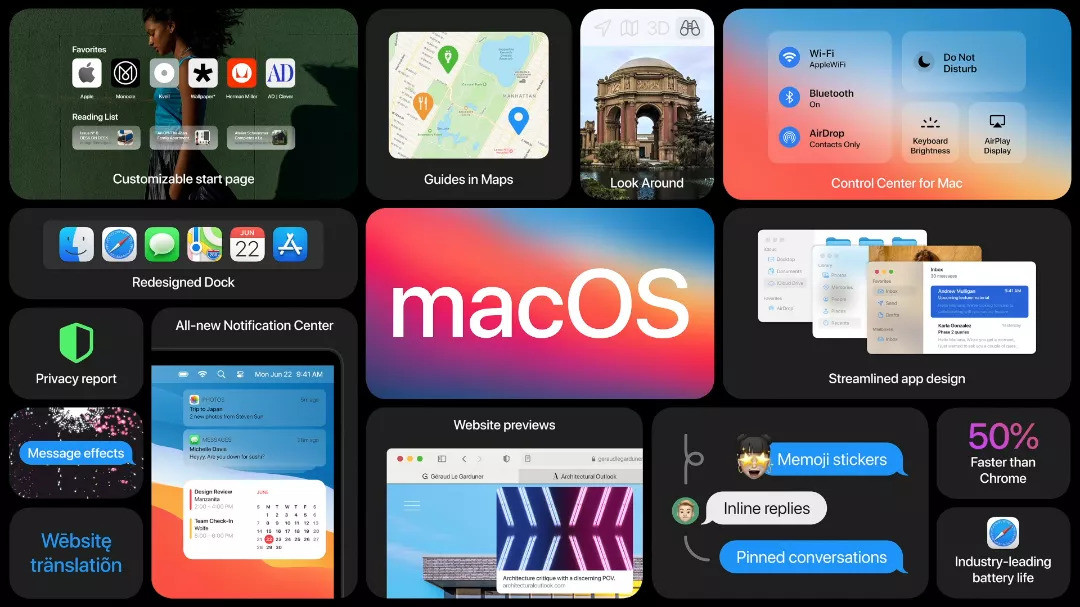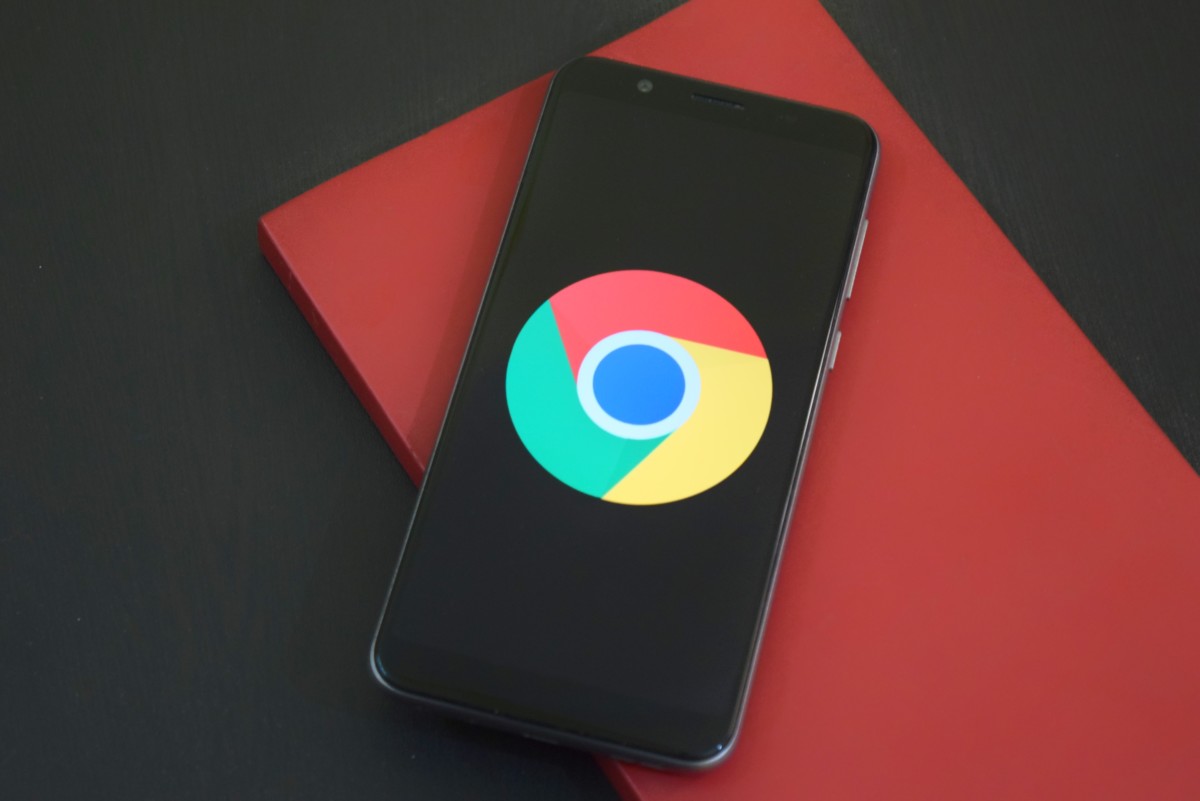At WWDC this year, Apple announced its new macOS 11 Big Sur with several new features and a design upgrade. Now, months after unveiling its new operating system and releasing developer beta and public beta versions, the company has now finally started rolling out the Big Sur update for every compatible device.
It comes with an “entirely new interface” along with “refinements in buttons and controls” and a new unified icon set. There are also some elements from the iOS, such as a customizable Control Center for toggling brightness, Do Note Disturb mode, and more. It offers a new notification center that tracks and organizes all the notifications as well as widgets.

macOS Big Sur Compatible Devices
- MacBook – 2015 and later models
- MacBook Air – 2013 and later models
- MacBook Pro – late 2013 and later models
- Mac mini – 2014 and later models
- iMac – 2014 and later models
- iMac Pro – 2017 and later models
- Mac Pro – 2013 and later models
How to install macOS Big Sur
In this, we will show you two different methods for installing the latest macOS operating system on your device. One is using the Settings app on your system while the other makes use of the App Store.
Method 1 – From Settings
Step 1: On your Mac device, go to System Preferences. For this, click on the Apple icon on the top-left corner and from the drop-down menu, select “System Configuration.”
Step 2: In the System Configuration window, click on the Software Update option.
Method 2 – From App Store
Alternatively, you can download the latest macOS Big Sur directly from the Mac App Store. Open the App Store on your Mac device and search for macOS Big Sur. Select the app from the listing and click on the button to start the installation process.

